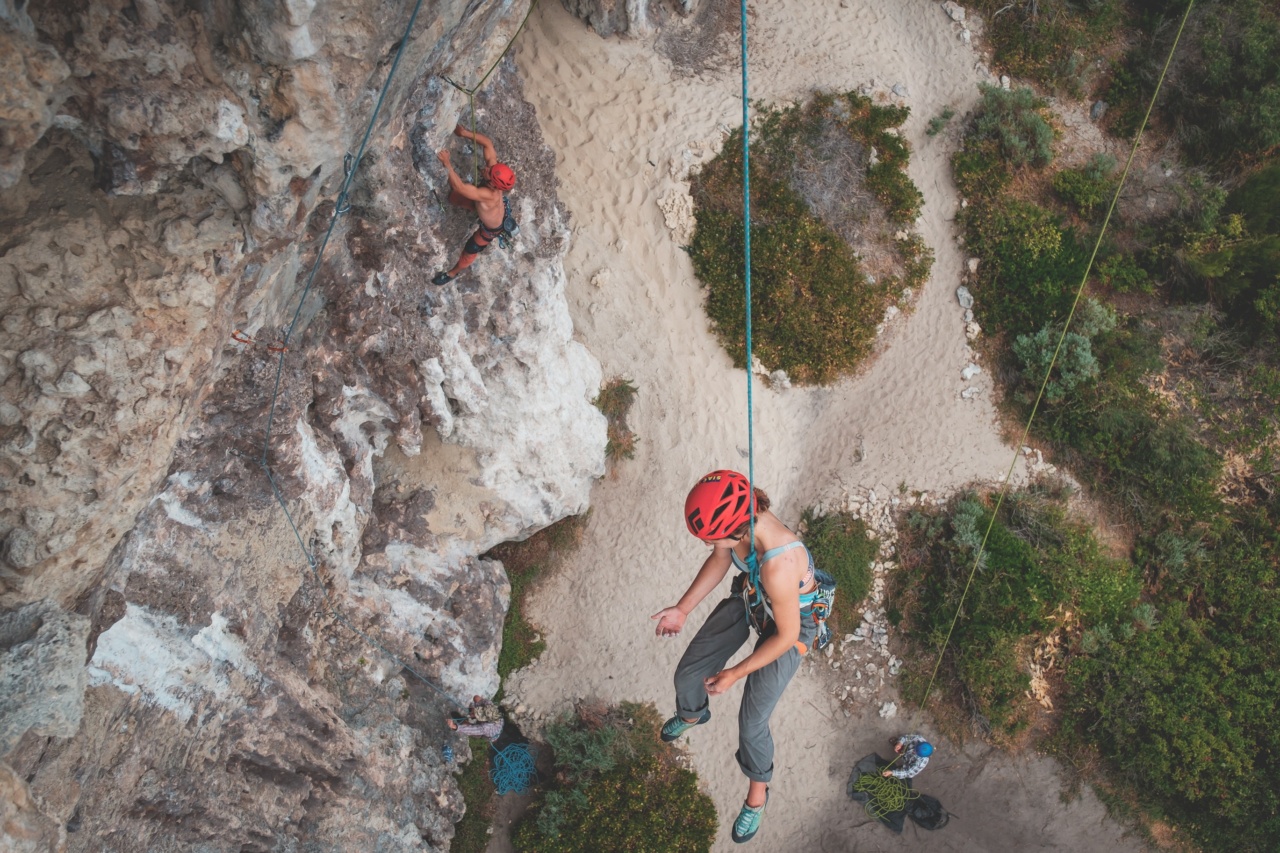Participating in group activities can be a fun and rewarding experience. Whether it’s a team-building retreat, a company outing, a school trip, or a community event, being part of a group can create lasting memories and foster a sense of camaraderie.
However, it’s important to recognize that accidents and unexpected incidents can happen during these group activities. That’s why it’s crucial to have appropriate insurance coverage to protect both individuals and the group as a whole.
Why is Insurance Coverage Necessary?
Group activities often involve a certain level of risk. From physical activities like sports and outdoor adventures to activities that require travel or involve large crowds, there are numerous factors that can lead to unexpected incidents or accidents.
In such cases, insurance coverage provides essential protection against potential financial losses.
Having insurance coverage ensures that medical expenses resulting from accidents or injuries during group activities will be covered. This can include expenses such as hospital bills, doctor visits, medication, and even rehabilitation.
In addition, insurance can help cover costs associated with property damage or liability claims, protecting the group from potential lawsuits and financial burden.
Types of Insurance Coverage for Group Activities
1. General Liability Insurance
General liability insurance is a fundamental coverage for group activities. It provides protection against third-party bodily injury or property damage claims that may arise during the activities.
This coverage typically includes legal defense costs as well. General liability insurance is important because accidents and injuries can occur, and the group may be held liable for damages.
2. Accident Insurance
Accident insurance is specifically designed to cover medical expenses resulting from accidents during group activities. It can provide coverage for both participants and organizers, helping to alleviate the financial burden of unexpected injuries.
Accident insurance may also cover emergency medical evacuation, repatriation of remains, and disability benefits.
3. Travel Insurance
If the group activity involves travel, having travel insurance is essential. Travel insurance can provide coverage for trip cancellation or interruption, lost or delayed baggage, emergency medical expenses, and other travel-related risks.
It ensures that participants are protected in case unexpected events disrupt their travel plans.
4. Professional Liability Insurance
If the group activity is organized or led by professionals, such as instructors, trainers, or event planners, professional liability insurance is crucial.
This coverage protects professionals against claims of negligence, errors, or omissions that may arise during the activity. Professional liability insurance can provide financial protection and legal defense in case of lawsuits related to professional services provided.
5. Event Cancellation Insurance
In some cases, group activities may need to be canceled or postponed due to unforeseen circumstances. Event cancellation insurance can help mitigate the financial impact of such situations.
This coverage typically includes reimbursement for expenses already incurred or lost revenues due to cancellation, rescheduling, or disruption of the activity.
Key Considerations for Insurance Coverage
When selecting insurance coverage for group activities, there are several important factors to consider:.
1. Activity Type and Risk Level
Different activities pose varying levels of risk. Assess the nature of the activity and its potential hazards to determine the appropriate type and extent of insurance coverage needed.
High-risk activities, such as extreme sports or adventure trips, may require specialized coverage.
2. Participant Age and Health
Consider the age and health conditions of the participants. If the activity involves minors, additional safeguards and coverage may be necessary.
Factor in any pre-existing medical conditions of participants to ensure adequate coverage for potential health emergencies.
3. Group Size
The size of the group may impact the overall cost and coverage requirements. Larger groups may have higher insurance premiums, especially if the activity involves physical risk or travel.
Evaluate the policy limits to ensure they adequately cover the number of participants.
4. Policy Exclusions and Limitations
Read the insurance policy carefully to understand any exclusions or limitations. Some policies may exclude certain activities or have specific conditions for coverage.
Identify any restrictions that may affect the group’s insurance eligibility, and consider purchasing additional coverage if necessary.
5. Insurance Provider and Reputation
Choose a reputable insurance provider with experience in providing coverage for group activities.
Research the provider’s track record, financial stability, and customer reviews to ensure they are reliable and responsive in handling insurance claims.
Conclusion
Insurance coverage for unexpected incidents is essential for group activities. Accidents and unexpected situations can happen at any time, and having the right insurance coverage can provide peace of mind and financial protection.
General liability insurance, accident insurance, travel insurance, professional liability insurance, and event cancellation insurance are some of the key coverage options to consider. By understanding the risks involved, carefully assessing the needs of the group, and selecting the appropriate coverage, individuals and organizations can enjoy group activities with confidence.



























